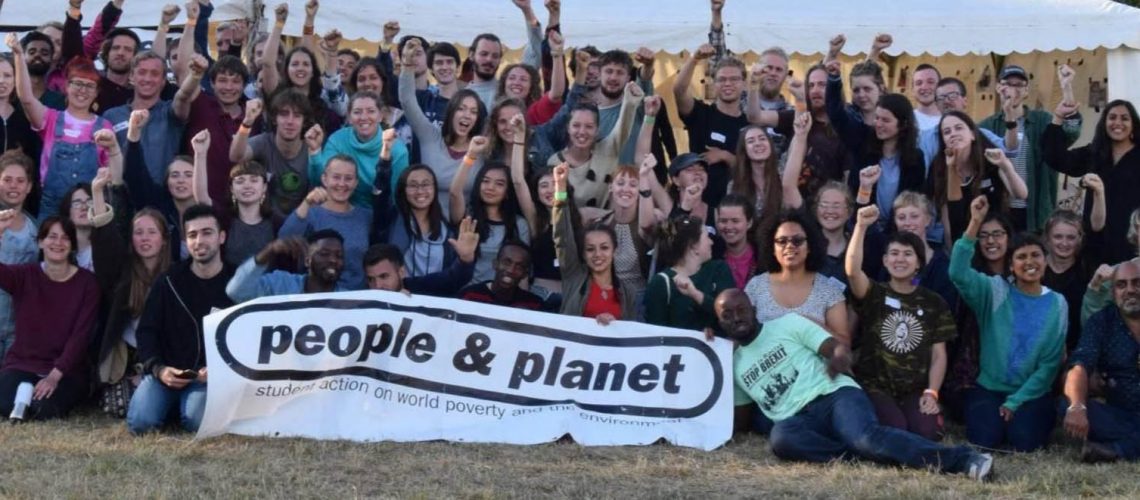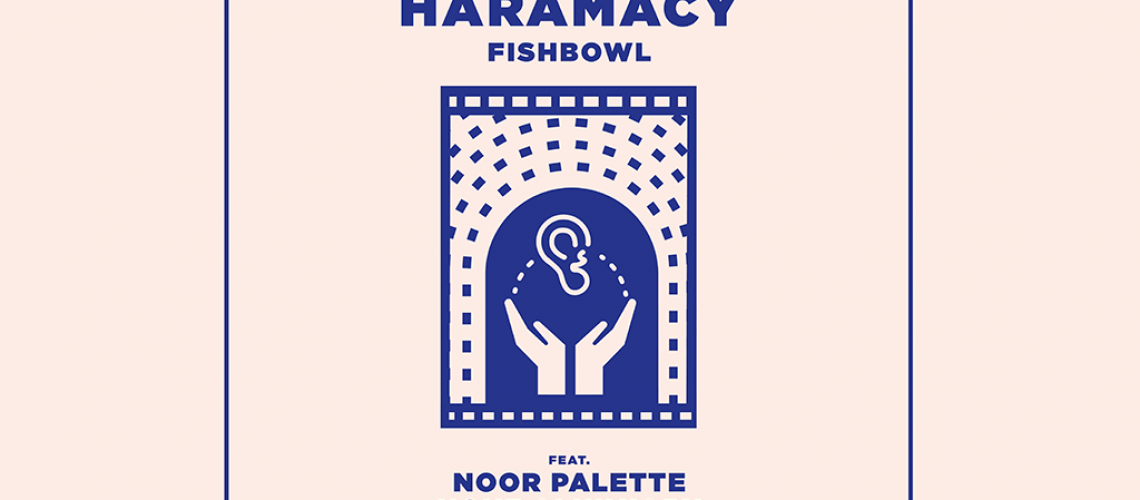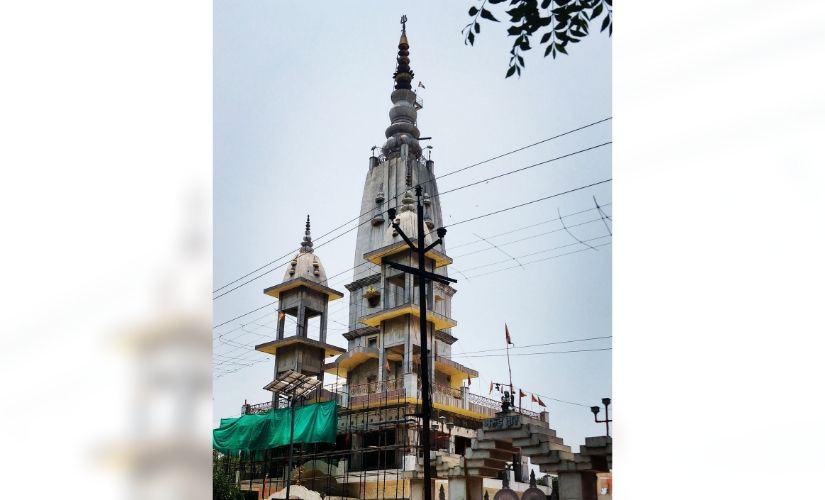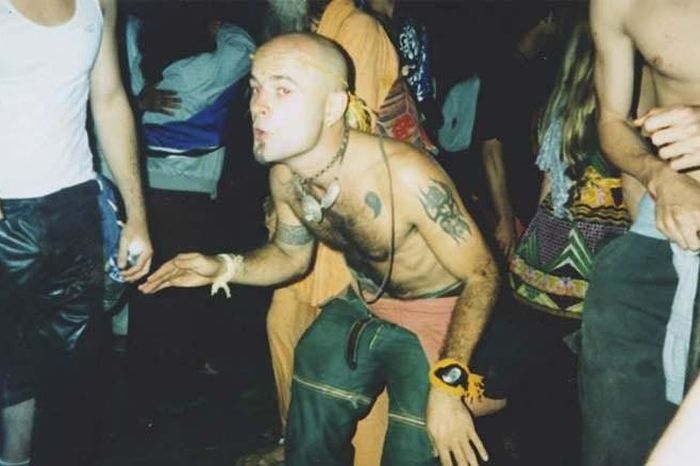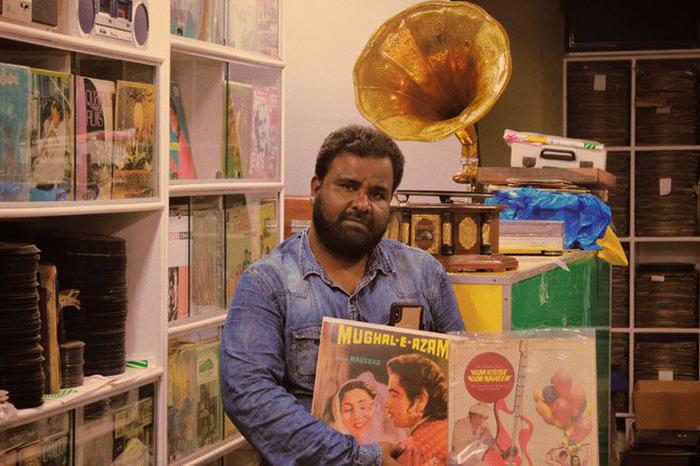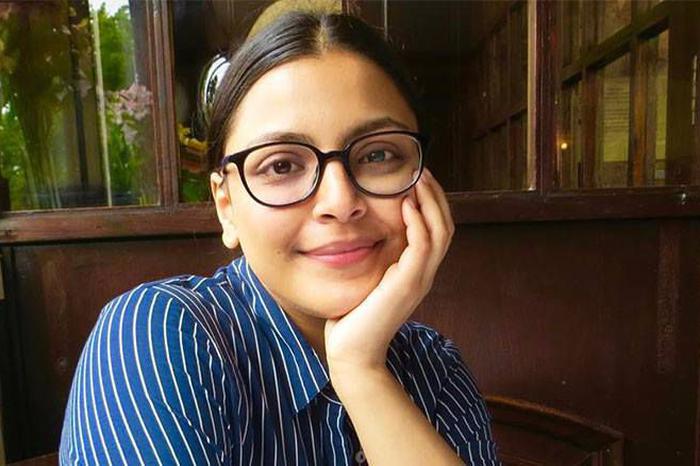People and Planet: Empowering students to rightly facilitate the shift in power – SOAS
“The more we understand what is happening in the world, the more frustrated we often become, for our knowledge leads to feelings of powerlessness. We feel that we are living in a world in which the citizen has become a mere spectator or a forced actor and that our personal experience is politically useless and our political will a minor illusion.”
How ‘Decolonising Contraception’ is championing the sexual and reproductive rights of People of Colour – SOAS
In 1961, Fannie Lou Harmer, a 44-year-old African-American woman from Mississipi was admitted to the hospital to get a uterine fibroid removed. However, she was also given a hysterectomy without her consent. The procedure was so common that it came to be known as the Mississipi Appendectomy. “In the North Sunflower County Hospital, I would say about six out of the 10 Negro women that go to the hospital are sterilized with the tubes tied,” according to this report in PBS.
Haramacy: a powerful initiative and safe space for minority artists – SOAS
“hip’ o-crit: An art collector who buys white male art at benefits for liberal causes, but never buys art by women or artists of colour.” This is the definition of a hypocrite by the ‘Guerilla Girls’, an anonymous group of feminist, female artists formed in New York City in 1985 to fight sexism and racism within the art industry. The statement printed in a bold font not just grabs eyeballs in the Tate Modern, London, where it hangs on the wall in a neat frame; but also defines the reality of minority art showcased in the UK today.
How Meerut’s Kali Paltan Mandir, launchpad for the Sepoy Mutiny, is a beacon of the city’s rebellious spirit – Firstpost
The Augarnath temple, locally known as the ‘Kali Paltan Mandir’, has an interesting story behind its name. During British rule, the Indian soldiers in the regiment were called the ‘Kali Platoon’ (black army). Since the temple was located close to the soldiers’ quarters, it came to be called as the ‘Kali Paltan Mandir’, which eventually went on to become a launchpad for the Great Revolution of 1857.
Tracking Down ‘Flipped Out’ Israelis In India – Homegrown
On a beautiful summer morning in Kasol valley, Ran started hearing voices that he claims were out to kill him. Smoking incessantly, parading up and down outside his room quietly, his tiny eyes shining with a ferocity that could pierce right into your soul without acknowledging your presence at all; the young, 20-something Israeli backpacker refused to eat, sleep or talk to anyone around him.
Haji Ebrahim’s Iconic Vinyl Store In Chor Bazaar Is Filled With Beautiful Records And Memories – Homegrown
[On 16th-19th January, 2019, Homegrown is throwing a first-of-its-kind music festival in Mumbai designed to celebrate the city’s vast and diverse music culture. Dive deep into a wide variety of dynamic workshops, exhibitions, curated tours, panels, pop-ups, performances and parties that promise to be inclusive of all kinds of tastes and people.
‘Why Do Men Rape?’– An Indian Woman’s Interview With 100 Convicts – Homegrown
n March 2015, the controversial documentary on the 2012 Delhi Rape Case titled ‘India’s Daughter’ went viral on social media. In the film, one of the convicted rapists remorselessly states, “you can’t clap with one hand alone. A girl is also responsible for rape.” His thoughts seemed to resonate with most people in Haryana, as was seen in the documentary released by The Quint on the state’s shockingly prevalent rape culture a few months ago.
Alibaug’s Little-Known Bene Israeli Community Has A Fascinating Story – Homegrown
The sea lends reason to believe in infinite possibilities. The feeling that once you set sail, anything might happen. That adventure, be it fuelled by discovery of the new or a tryst with an alien culture on familiar lands, is inevitable.
Inside The Gritty World Of Mumbai’s Underground Carrom Clubs – Homegrown
All eyes are on the queen. Lying slightly off-centre, towards his left, it seems like an ambitious target. Ishtaqaq drags the orange striker deliberately, never taking his eye off the board. Within seconds of placing it on the baseline, he strikes.
The Mumbai Coach Who Put Mallakhamb On The World Map – Homegrown
It is 4.00 AM. The alarm rings, but Uday Deshpande is already up and about. Quickly getting ready, he then drives to Shivaji park from his Mahim house and walks into the Shree Samartha Vyayam Mandir which has been his second home for almost sixty years. Proceeding to his office he changes into his coaching attire; black tennis shorts and an orange and a blue shirt and walks out. His students greet him with a unique Namaste – their left hands folded near their chests and palms facing downwards.
